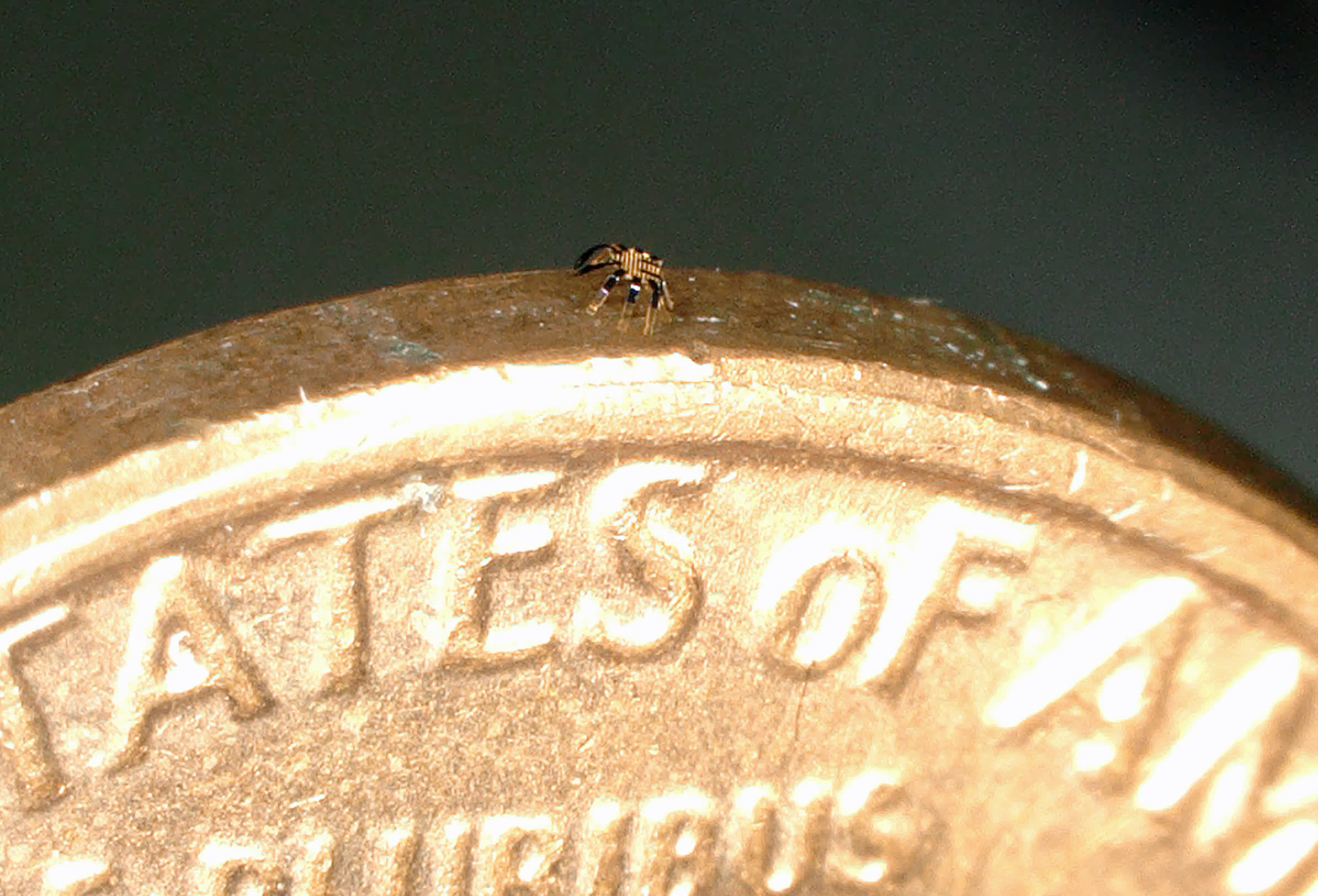What just happened? Researchers from Northwestern University have created the world's smallest remote-controlled walking robot. Modeled after a peekytoe crab, it measures just half a millimeter wide and can fit comfortably on the edge of a penny.

The tiny bot is able to walk, crawl, bend, twist and even jump. According to lead researcher Yonggang Huang, it can walk at an average speed of half its body length per second.
How it moves is arguably the most fascinating aspect of the robot. Instead of relying on tiny electronics, researchers utilized a shape-memory alloy material that changes shape when heated. Using a precision laser, they are able to rapidly heat specific parts of the bot to make it change shape. A thin glass coating helps cool the pieces and allow them to pop back into their original shape.
Rinse and repeat and boom, you've got a remote-controlled robot that can move without any hydraulics or electricity.
"Because these structures are so tiny, the rate of cooling is very fast," said John Rogers, a materials scientist at Northwestern University. The scientist added that reducing the size of the robots actually allows them to move faster.
As for potential use cases, there are plenty.
"You might imagine micro-robots as agents to repair or assemble small structures or machines in industry or as surgical assistants to clear clogged arteries, to stop internal bleeding or to eliminate cancerous tumors – all in minimally invasive procedures," Rogers said.
The work is currently in the experimental phase but that is likely to change as further advancements are made. The researchers have published their findings in the journal Science Robotics.